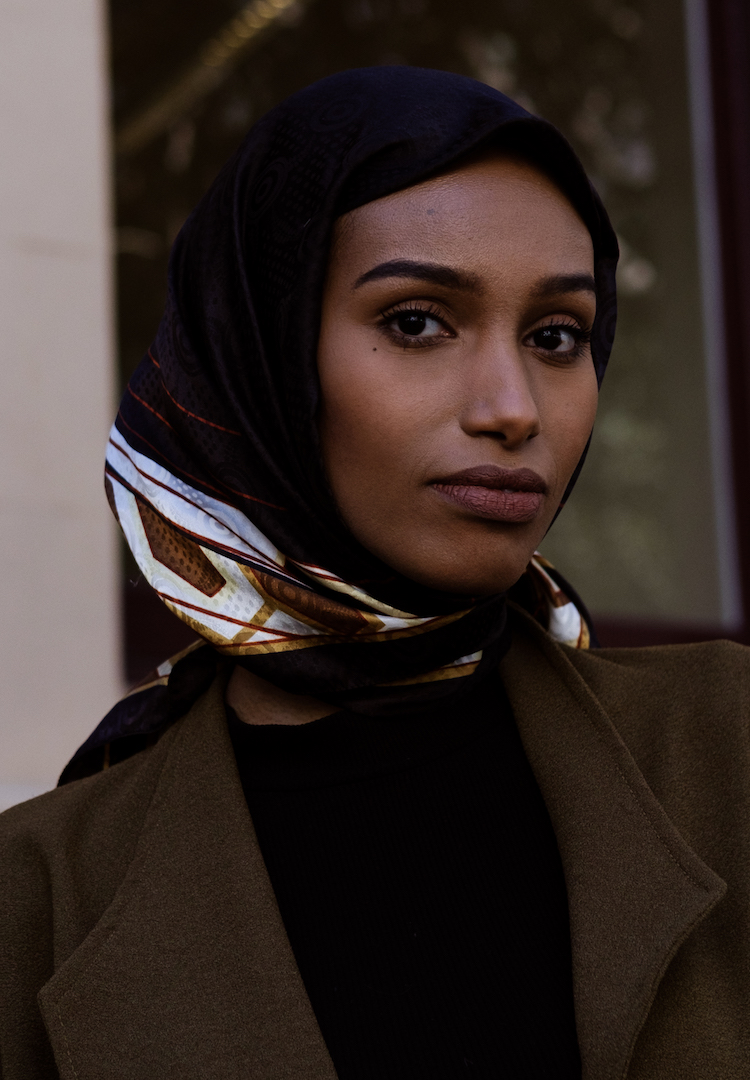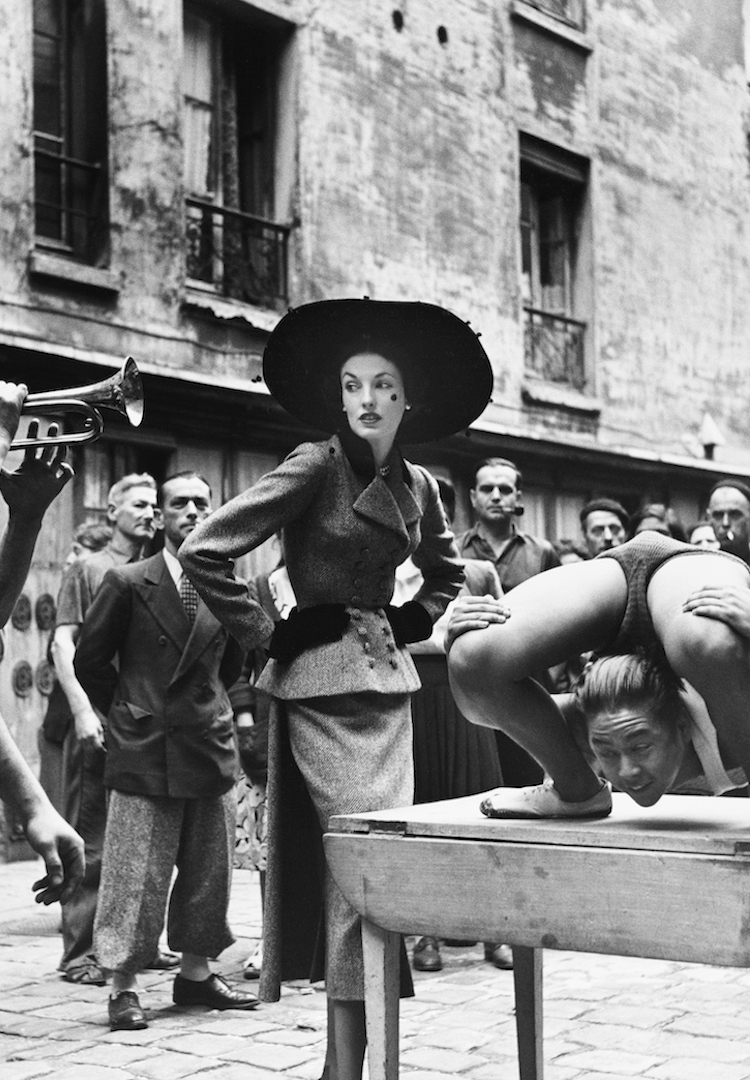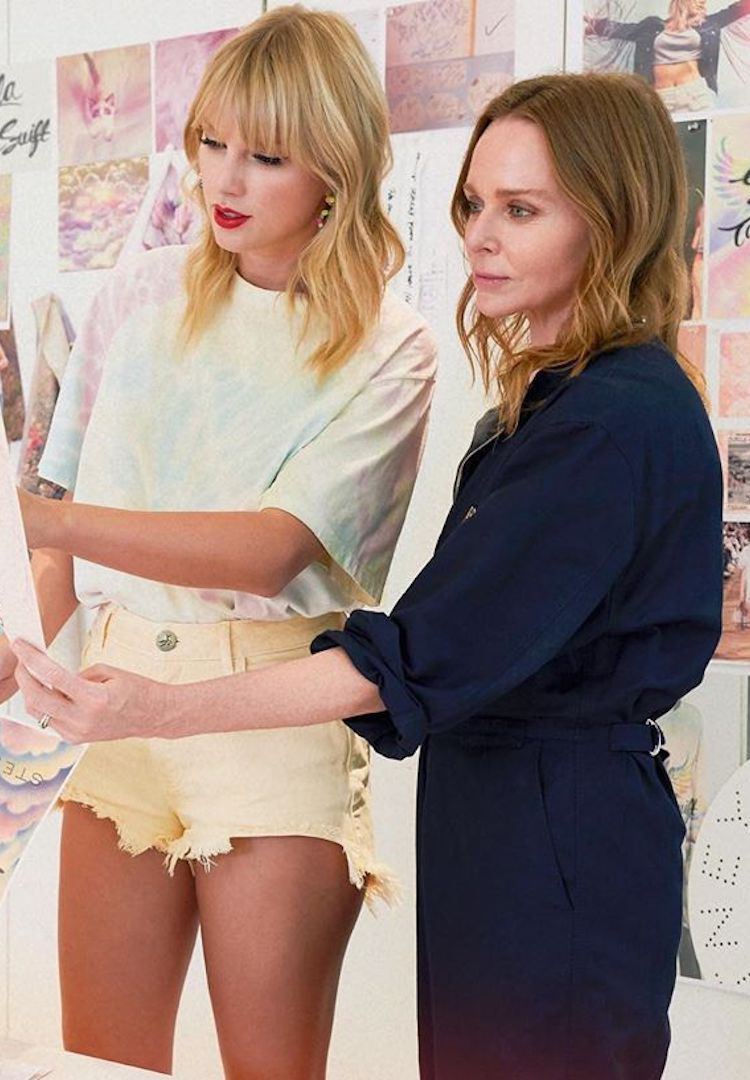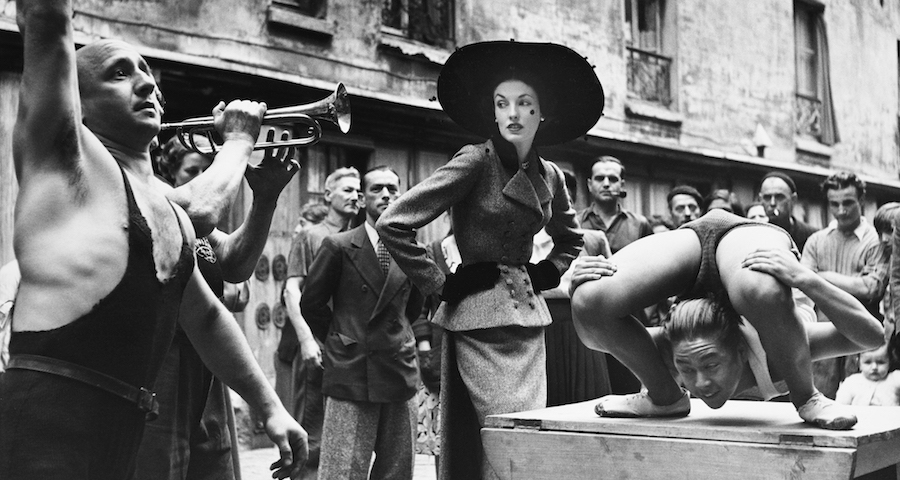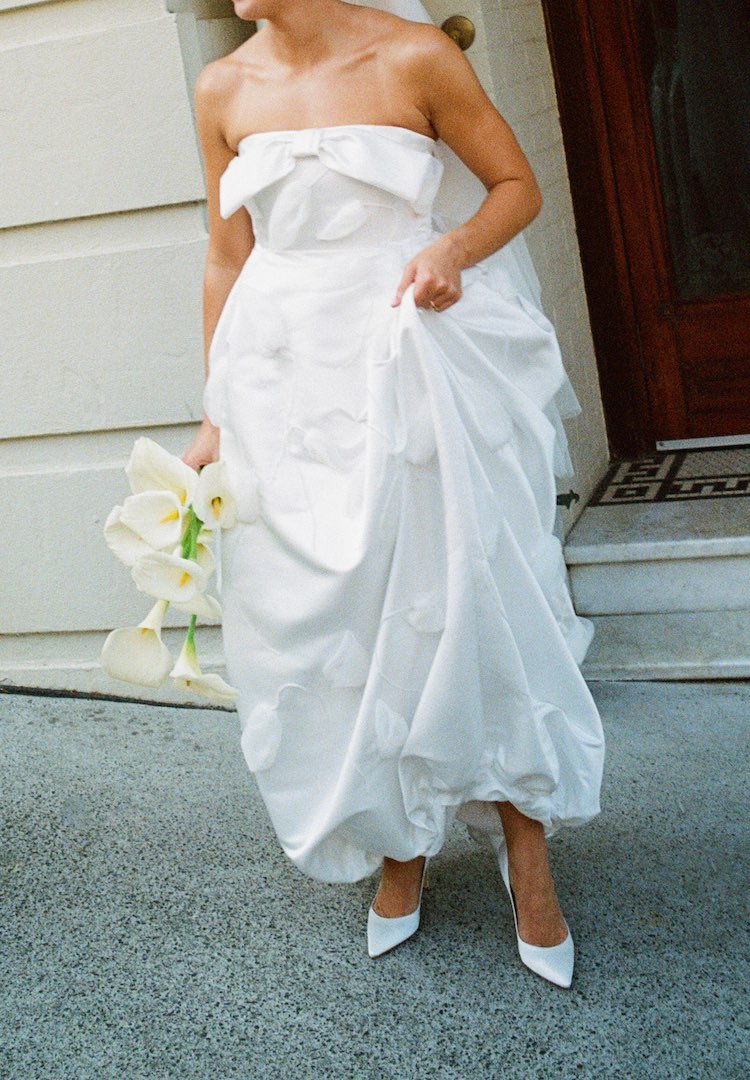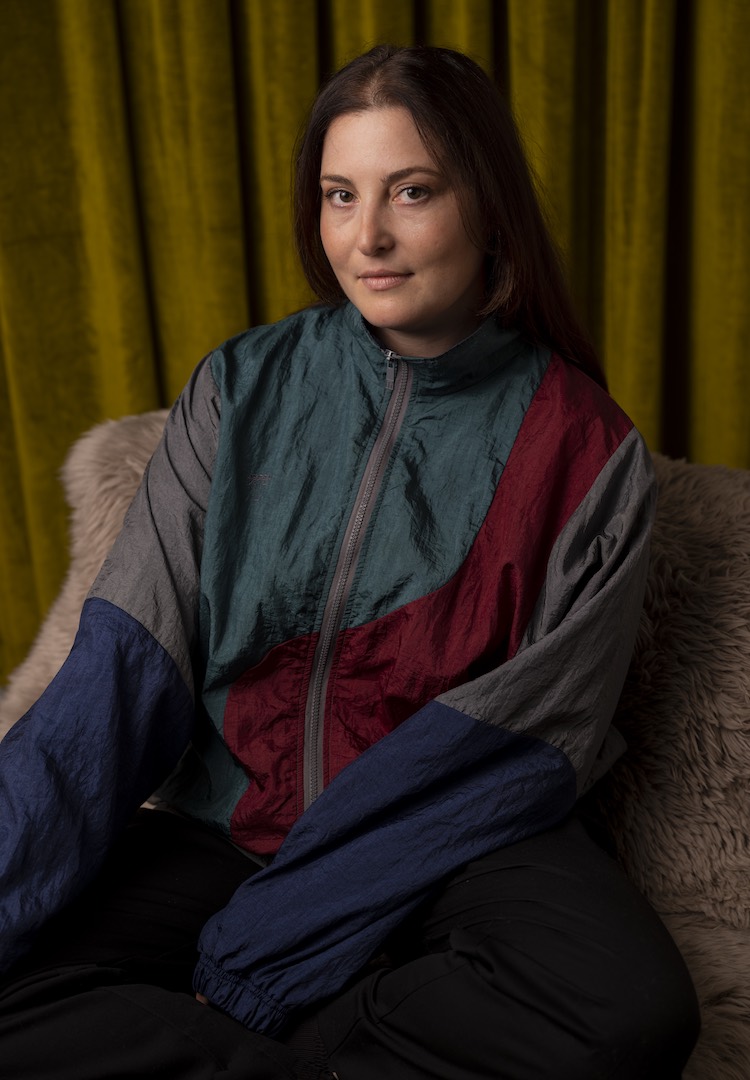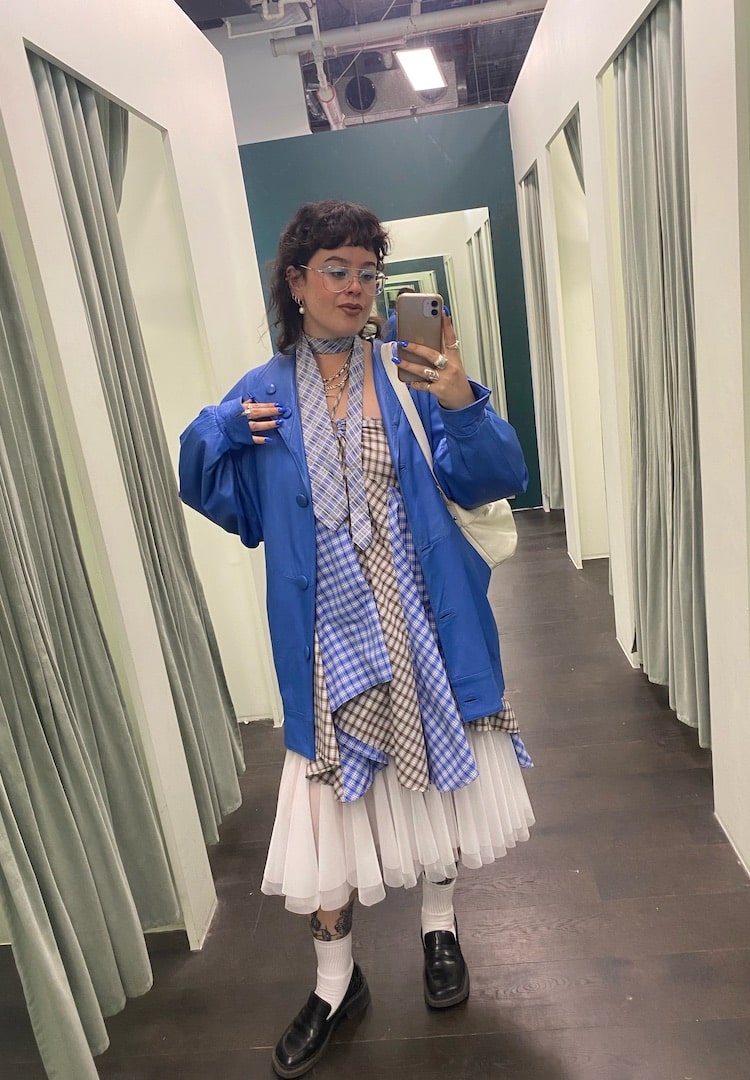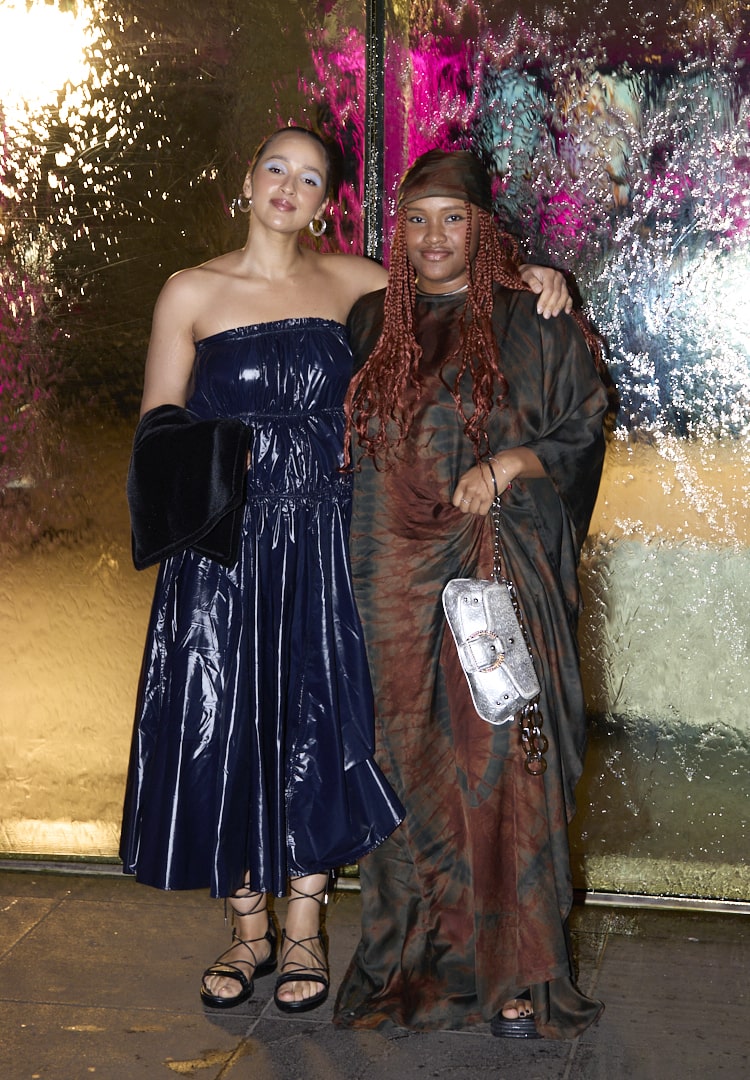What to expect at the ‘Balenciaga: Shaping Fashion’ exhibition
Words by Maeve Kerr-Crowley
Get to know the man behind the magic.
Balenciaga has spent its fair share of time as one of the most talked about labels in the industry. It was considered one of the most expensive, exclusive brands as far back as the ’50s and ’60s, making clothes for some of the period’s biggest names like Ava Gardner, Grace Kelly and Jacqueline Kennedy.
But despite being one of the most influential designers of the 20th century, the man behind the label, Cristóbal Balenciaga, remains largely mysterious. That is, at least when compared to the Coco Chanels and Christian Diors of the world.
For the curious among us, an exhibition dedicated to exploring the life and legacy of Balenciaga has landed at Bendigo Art Gallery. Curated by London’s Victoria and Albert Museum, Balenciaga: Shaping Fashion is a deep-dive into the designer’s work and legacy, explored through garments, sketches, fabric samples and archival catwalk footage.
V&A researcher, Stephanie Wood, talked us through the process of planning the exhibition. As well as diving into every detail of the designer’s life and career, Stephanie was responsible for designing and executing the exhibition’s narrative.
The driving purpose of the exhibition, according to Stephanie, is to show contemporary visitors who aren’t dressmakers or expert tailors just how talented and innovative Cristóbal Balenciaga was. Put simply, she had to make us want to know about a man that she herself describes as “a bit of an enigma”.
The story Stephanie and her team settled on is threefold. The first part, she calls the “front of house” experience. The exhibition has been designed to give visitors the same experience as one of Cristóbal’s clients, living the couture fantasy of dress fittings and fashion shows.
The second and most technical aspect delves into Balenciaga’s expert craftsmanship, looking particularly into his tailoring and embellishing techniques. For Stephanie, a lot of this came down to busting industry myths. Because he rarely engaged with the fashion press, much of Balenciaga’s work has long been shrouded in mystery.
“One of the myths that has come about is that he never used boning or corsetry in any of his pieces, which is a total misconception,” Stephanie explains.
To turn light to truth, the museum worked with artist Nick Veasey on a series of striking X-rays, which show the intricate, corsetry-heavy construction of some of Balenciaga’s designs. These scans are accompanied by videos detailing Balenciaga’s construction processes and a number of digital patterns, as well as some of his physical tailoring tools.
The complexity and ingenuity of his work plays just as heavily into the third part of the exhibition, which explores the designer’s lasting influence within the industry.
Balenciaga’s revolutionary use of shape and tailoring greatly inspired the designers he worked with and trained, who would go on to shape labels like Givenchy, Paco Rabanne and Oscar de la Renta. But his impact wasn’t contained to the 20th century, and he’s been credited with inspiring designers through to today.
“We’re really telling the story of how his pioneering approach to fashion has influenced so many different generations of future designers,” says Stephanie, “and we have around 30 that are featured in the exhibition.”
One of these designers is, unsurprisingly, Cristóbal Balenciaga’s successor and the label’s current Creative Director, Demna Gvasalia. While the two men have distinctly different styles, Stephanie connects them across decades by their shared boundary-pushing approaches.
“Gvasalia has done an amazing job of making Balenciaga one of the most critically acclaimed brands right now, just as Cristóbal Balenciaga did in the ’50s and ’60s,” she says.
Stephanie maintains that wardrobe staples like the little black dress or sack dress owe their general form and popularity to Balenciaga’s work. His influence has trickled down from designer to designer, with his once revolutionary silhouettes now adaptable industry standards.
Other findings touched on from the team’s research include how heavily Balenciaga drew on his Spanish heritage when designing, incorporating flamenco ruffles, matador-inspired jackets and minimal black clothing resembling Spanish clerical dress, as well as his love of historical fashion.
When asked what she wants visitors to take away from the exhibition, Stephanie emphasises how important Balenciaga was (and continues to be) to the fashion industry as a whole.
“I think one of the sad things is that Cristóbal Balenciaga, despite being revered as the master of all couture, isn’t a household name,” she says. “But even if people haven’t necessarily heard of him, they’ll probably see a very similar design at the exhibition to what they’d see on the high street today.”
Balenciaga: Shaping Fashion runs August 17 to November 10 at the Bendigo Art Gallery. Tickets are available online.

